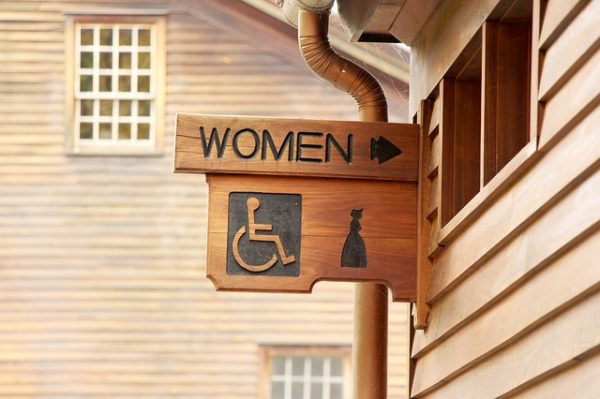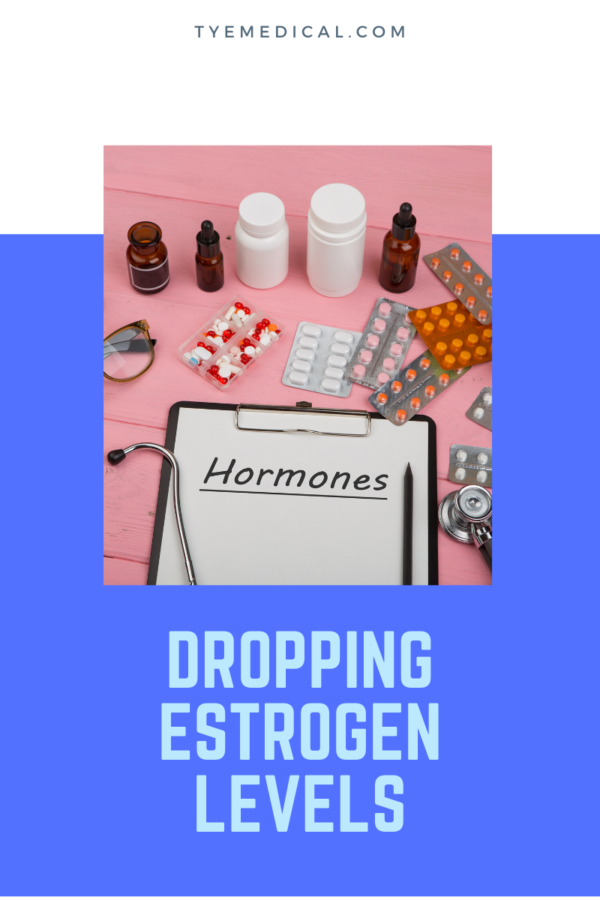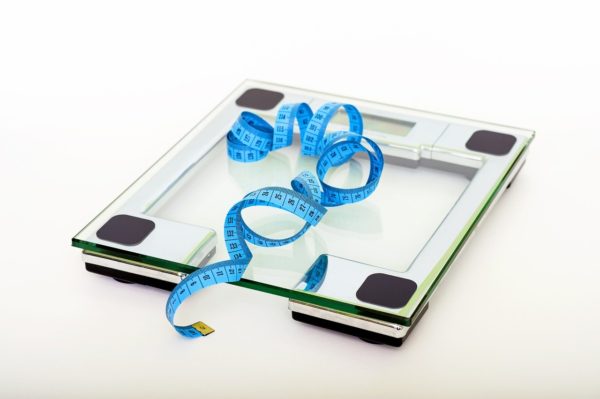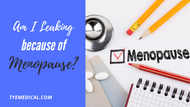Are Urine Leaks a Symptom of Menopause? How Hormones Trigger Incontinence
Written by TYE Medical on Jun 30th 2020
Whether you’re on the threshold of hormonal changes or have already made it to the other side, you’ve probably spent time gathering information on nearly every symptom of menopause and how to combat it. What you probably didn’t realize (because you must really dig to find this one) is how this stage of life affects your bladder. Surprisingly, menopause-related hormone changes diminish bladder strength and commonly lead to some form of incontinence. Yikes!
Your first question is probably, “How?” Our mothers didn’t warn us about this one, because they probably didn’t realize the catalyst behind their bladder leaks. Many people just assume it is part of getting older, and in some ways it is. But the age-related causes are specific, and when you understand them, you can fight back and even improve your symptoms.
 Estrogen and Your Bladder
Estrogen and Your Bladder
Estrogen has a huge impact on your health, because it plays a part in so many essential bodily functions. Aside from its role in female sexual and reproductive health, it also helps to keep your bones, heart, and mind healthy.
But this critical hormone doesn’t stop there. It also keeps muscle tissue surrounding the bladder, like the pelvic floor muscles and urethra, strong and elastic (which is great for bladder control). Additionally, estrogen helps your bladder lining detect the right time for emptying. If the lining is too sensitive, you develop a type of overactive bladder.
The Menopause Effect
As estrogen levels begin to drop during perimenopause and continue the decline, the lower hormone levels can cause incontinence and overactive bladder symptoms in some women. Many are surprised that this is a symptom of menopause.
So what’s going on?
Here’s a rundown of menopause-related changes that affect the bladder:
- The pelvic floor ligaments that hold your bladder, bowel, and uterus in place become weaker and thinner due to the drop in estrogen. This often places added pressure on the bladder and causes urine leaks. It might also cause a prolapse, which is when one of your organs falls too far out of place and must be repositioned. When one or both things happen, you experience Stress Incontinence from the additional pressure on the bladder.
- The muscular tissues surrounding the urethra become weakened with the lack of estrogen, which makes it more difficult to form a tight seal at the bladder opening. This means more drips, dribbles, and even leaks. This is also a form of Stress Incontinence and often accompanies a weakened pelvic floor.
- The bladder lining becomes overly sensitive as estrogen falls and this triggers the need to urinate even when the bladder isn’t full. This means you’re going to the bathroom too frequently and with urgency. It’s referred to as menopausal Overactive Bladder (OAB), because there are several other causes of OAB.
During the time of menopause, it’s not uncommon for urine leaks to happen during sexual intercourse. If this has happened to you, then you know how embarrassing it can be, and you might even want to avoid sex.
The good news is that it’s possible to push back on incontinence as a troublesome symptom of menopause.
Overcoming Menopausal Incontinence
You can help your bladder and pelvic floor adjust to the hormonal changes that cause urine leaks. While there are many treatments for urinary incontinence, some work best for symptoms related to menopause and the drop in estrogen.
1. Kegel exercises
You’ve probably heard a lot about this, and we periodically include it in our blog articles. When it comes to menopausal incontinence, Kegels are key! These exercises strengthen your pelvic floor muscles despite the lower supply of estrogen. A stronger pelvic floor provides more support to your bladder and other pelvic organs, which seriously decreases pressure on your bladder. Additionally, when your pelvic floor muscles are resilient, your urethral sphincter functions better and can more easily stop the flow of urine.
For more information about how to perform Kegel exercises, checkout the Mayo Clinic’s how-to guide.
 2. Estrogen treatments
2. Estrogen treatments
You can also combat dropping estrogen more directly with estrogen treatments for menopause-related incontinence. It’s given as a low-dose topical treatment, like a vaginal cream or an estrogen patch. It helps to stop the deterioration of tissues surrounding the bladder and even strengthens them. When used as directed, you’re not likely to notice any side effects. It’s an effective way to overcome incontinence as a symptom of menopause.
3. Prolapse correction
There are surgical and nonsurgical ways to treat a prolapsed bladder. A common nonsurgical option uses a device called a pessary. It’s a rigid ring that’s inserted into the vagina. Pessaries come in a variety of sizes and shapes to match the form of individual women. When in place, it helps to support your bladder and stop urine leaks. It can delay surgery indefinitely.
A bladder sling is a common surgical option that uses a pelvic floor sling to support your bladder neck and urethra. This gives you greater bladder control by relieving pressure and allowing the urethra to close properly. If you need to correct prolapse in several organs the procedure is referred to as prolapse surgery.
 4. Weight loss
4. Weight loss
Another symptom of menopause is an increased likelihood of gaining weight around the abdomen. When this happens the additional body weight places increased pressure on pelvic organs like the bladder. So, if you’re overweight and experiencing urine leaks, weight loss can noticeably improve symptoms without the need for medications, devices, or surgery.
Weight loss during and after menopause can be more challenging (although not impossible). If you’re having difficulty losing weight, talk to your doctor to be sure there are no underlying medical reasons for this. Ask for a recommendation to a dietician for help navigating your nutritional and calorie needs.
For more complete information on the variety of ways to treat incontinence, refer to our article Urinary Incontinence Treatment: Natural Remedies, Medications, Devices, and Procedures You Should Know About.
 Fight Against Leaks with LivDry Premium Protection
Fight Against Leaks with LivDry Premium Protection
While you work to combat incontinence as a symptom of menopause, try managing your bladder leaks with our premium line of LivDry products. We can help you personalize your order with the right absorbency, size, and style of product for your individual needs.
We understand that you want comfortable, secure, and discreet protection with options.
Start your online browsing with one of our most popular products – LivDry Protective Underwear.

